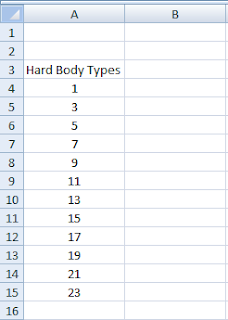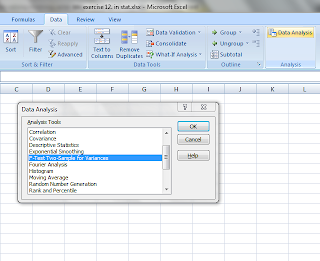Correlation- it is a statistical method used to determine whether a relationship between variables exist
Regression- it is a statistical method used to describe the nature of relationship between variables.
The technique of correlation and regression analysis determines whether there is an existing relationship between two or more numerical quantitative variables.
There are various step in correlation and regression analysis:
* Draw a scatter plot for the variables
Scatter Plot- is the graph of the ordered pairs of numbers consisting of the independent variables(found in the x-axis) and the dependent variable(found in the y-axis).
*Compute the value of the correlation of coefficient
In this step, you should first make a table consisting of 5 columns(x,y,xy,x-squared and y-squared)
you will also use this formula.
*State the hypothesis
In this step, you need to state the null hypothesis nand the alternative hypothesis.
*Test the significant of correlation coefficient
There are 3 possible methods to use. the t-test, the p-value, and the table If you will use the t-test or p-value, you need to undergo the hypothesi testing. While if you will use the table I, you just need to locate the alpha and the degree of freedom(n-2).
*Give a brief explanation of the type of relationship
For example,(t-test) you have obtain the value of t =4.059 and the C.V=2.776, you decision will be reject the null hypothesis and there is a positive linear relationship between the variables
*Find the equation of the regression line
You will solve for: y'=a+bx where
a= (summation of y)(summation of x-squared)-(summation of x)(summation of xy)
n(summation of x-squared )-(summation of x)quantity squared
b= n(summation of xy)-(summation of x)(summation of y)
n(summation of x-squared )-(summation of x)quantity squared
- if you have obtain the value of a and b, you can now give your prediction
by: Dustin Joshua Esquia III-Gold















